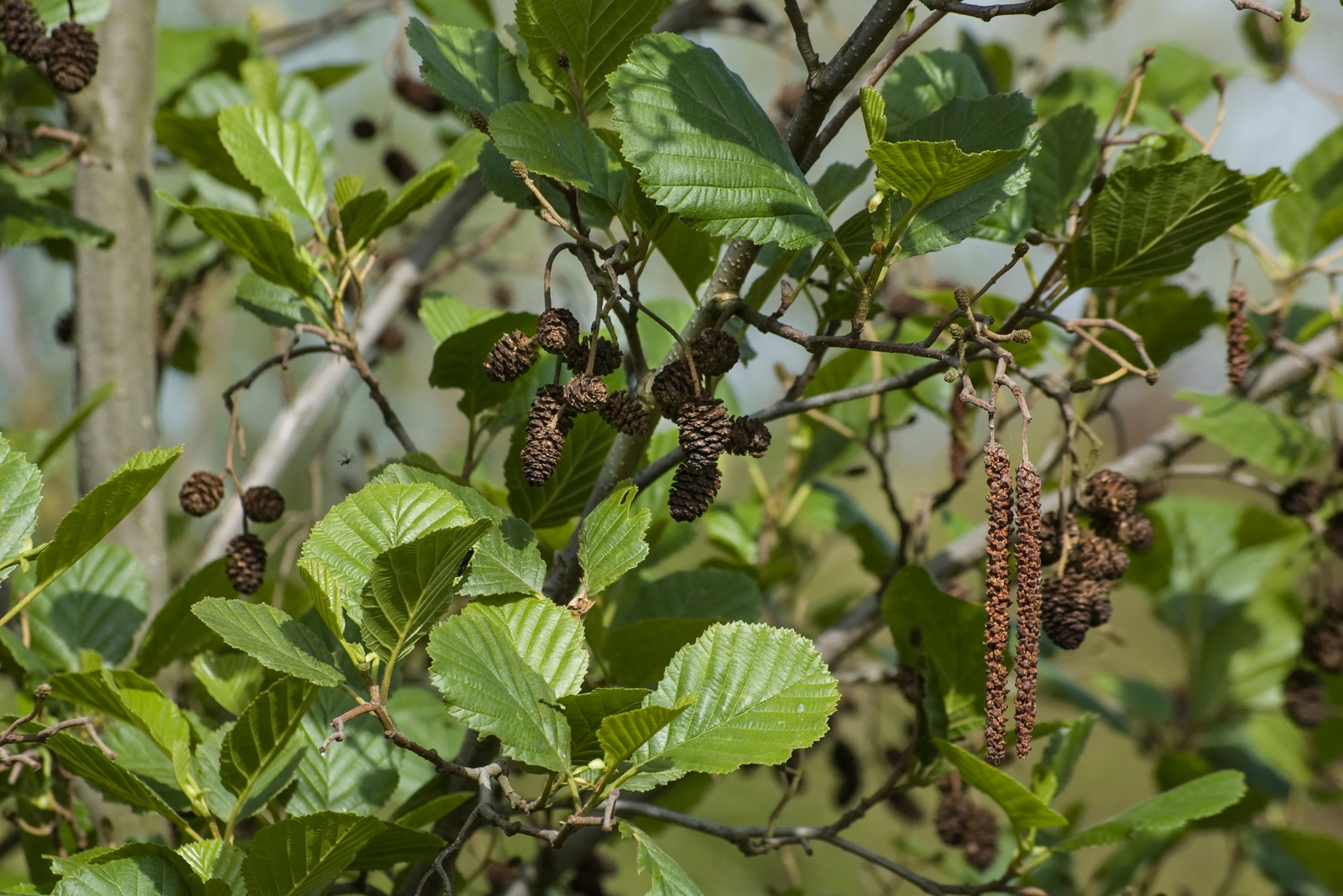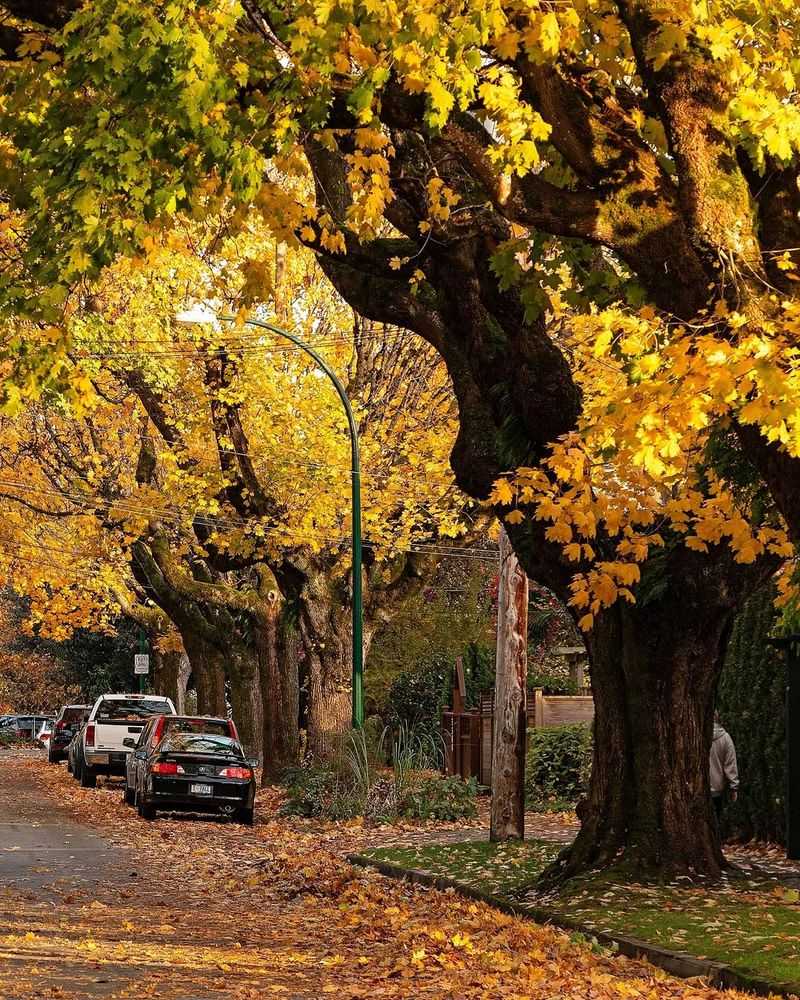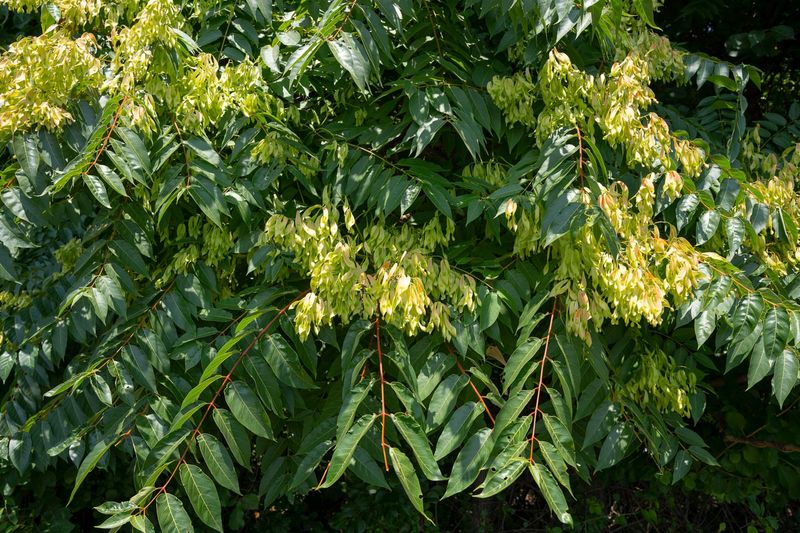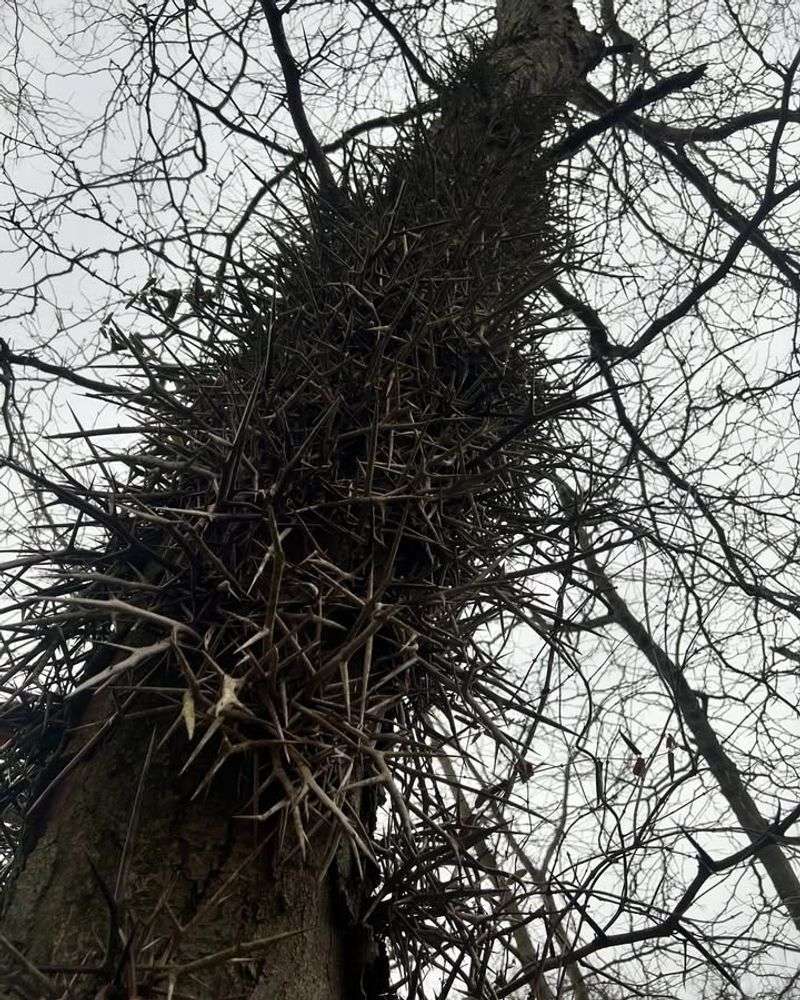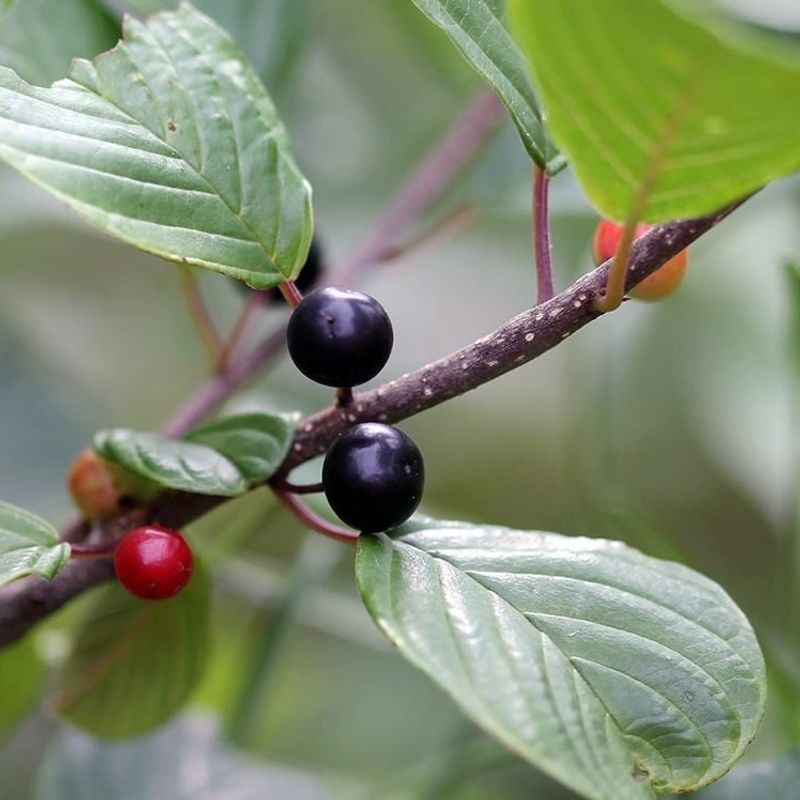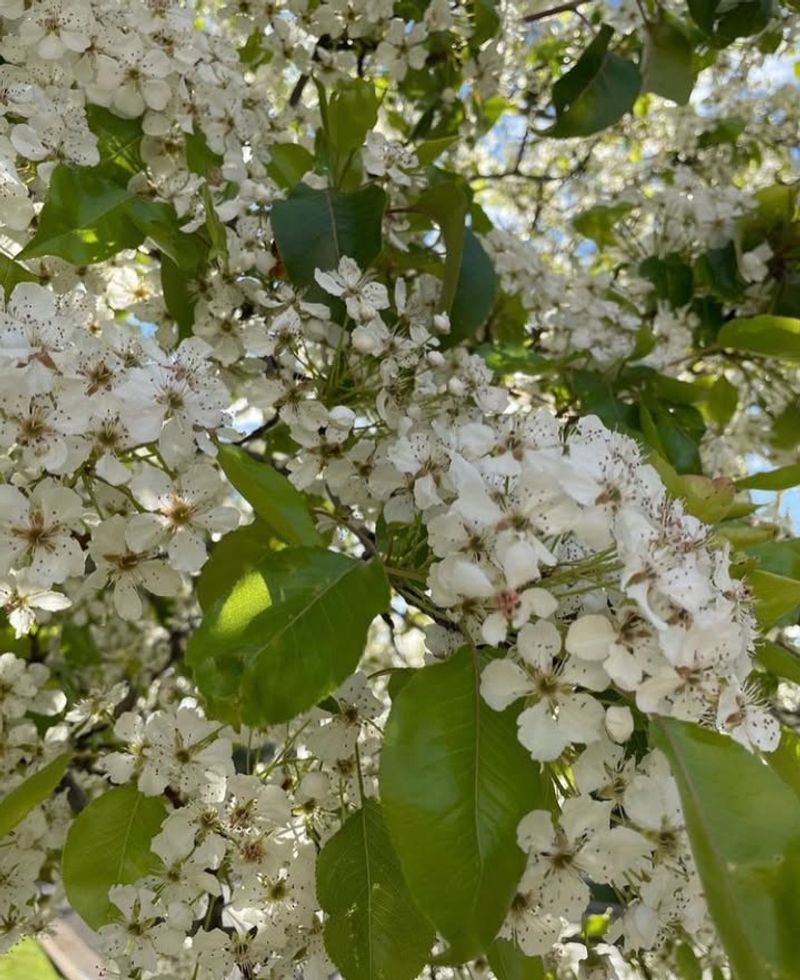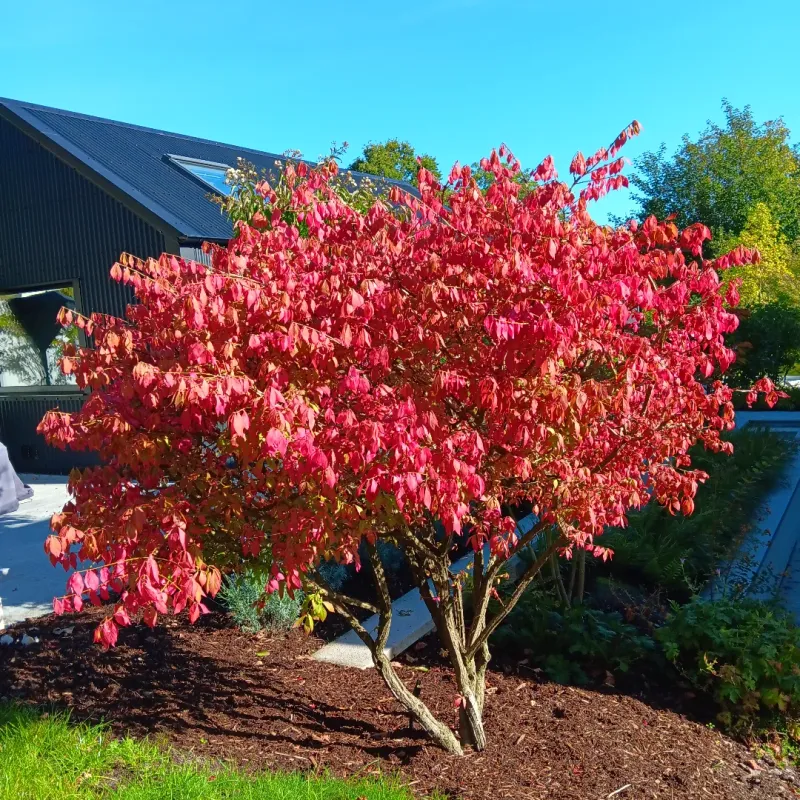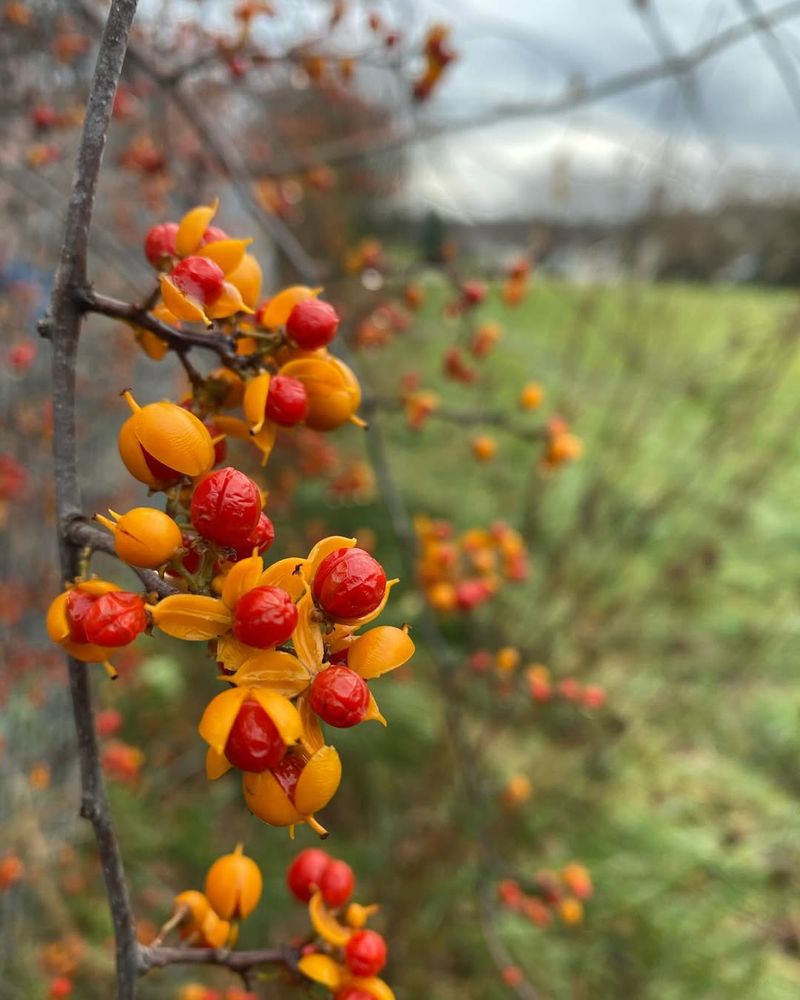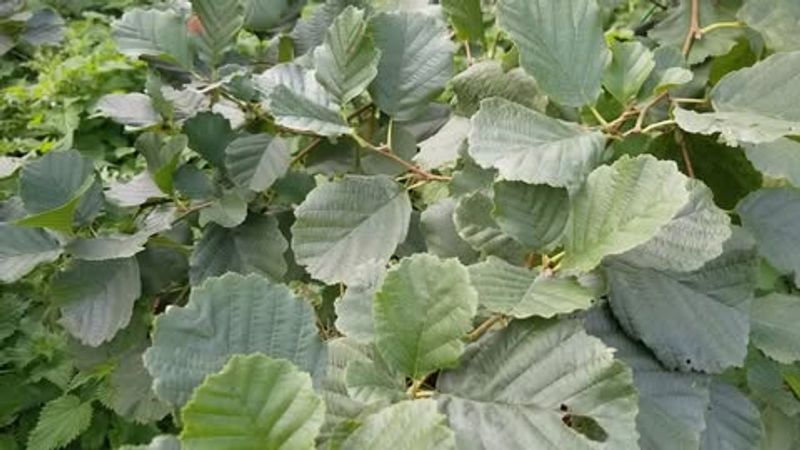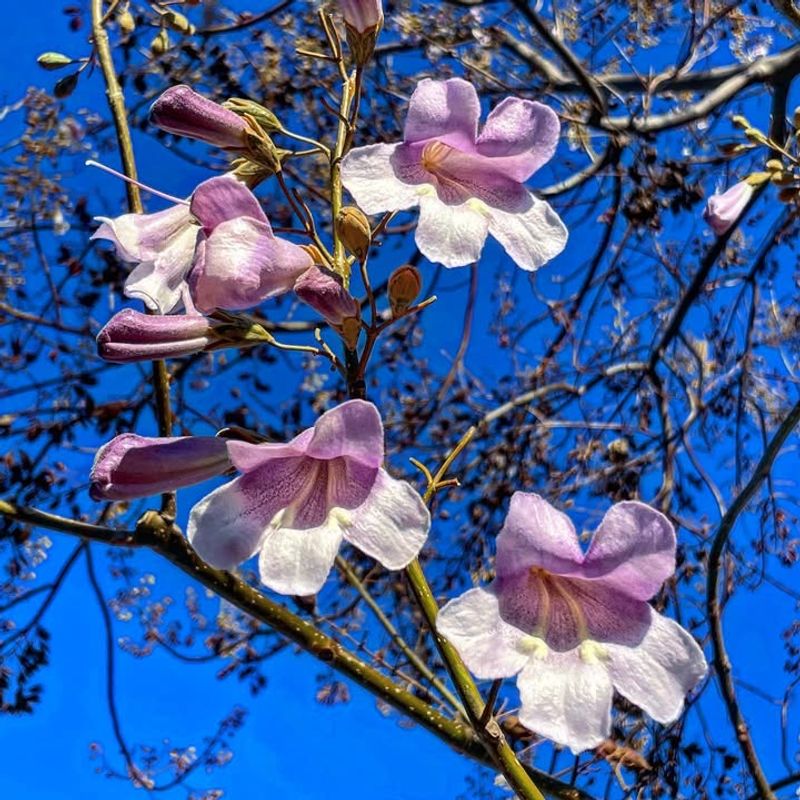Some trees pose risks to public safety, local forests, or surrounding properties, and Massachusetts regulations reflect those concerns. Certain species fall under state oversight due to disease, invasive behavior, or structural hazards.
Homeowners may face removal requirements when these trees threaten nearby ecosystems or create danger in residential areas. Clear awareness of these rules helps avoid fines, protect landscapes, and maintain safe neighborhoods.
1. Norway Maple Trees
Brought to America as a shade tree, the Norway maple seemed like a perfect addition to any yard. Its thick canopy blocks sunlight so effectively that nothing else can grow underneath it, creating barren ground where diverse plant life should thrive.
Massachusetts officials consider this species a serious threat to native forests. When Norway maples spread into woodlands, they crowd out sugar maples and other important native trees that wildlife depends on for food and shelter.
Removing these invaders helps restore balance to local ecosystems.
2. Tree of Heaven
Despite its heavenly name, this tree is anything but a blessing for Massachusetts homeowners. Growing at lightning speed, it can shoot up several feet in a single season and spread through underground roots that pop up everywhere.
The tree produces chemicals that poison the soil around it, preventing other plants from growing nearby. State regulations target this aggressive invader because it damages infrastructure with its powerful roots and harbors spotted lanternflies, destructive insects that threaten agriculture.
Professional removal is often necessary due to its stubborn regrowth.
3. Black Locust Trees
Sharp thorns covering its branches make the black locust a painful neighbor. Originally planted for fence posts and erosion control, this tree quickly escaped cultivation and now invades natural areas throughout Massachusetts.
Its ability to fix nitrogen in soil sounds beneficial, but it actually changes soil chemistry in ways that harm native plant communities. The tree spreads aggressively through root sprouts, creating dense thickets that block out native vegetation.
State environmental officials recommend removal in sensitive ecological areas where native species need protection from this woody invader.
4. Glossy Buckthorn
Shinier leaves distinguish this buckthorn from its common cousin, but both share a talent for taking over Massachusetts landscapes. Glossy buckthorn particularly loves wet areas, where it forms impenetrable walls of vegetation along streams, ponds, and marshes.
Native wetland plants like winterberry and sweet pepperbush get pushed out when this invader moves in. Massachusetts environmental regulations specifically target buckthorn species in wetland protection zones because they reduce habitat quality for amphibians, birds, and beneficial insects.
Early detection and removal prevent costly large-scale infestations later.
5. Callery Pear Trees
Those gorgeous white blossoms covering neighborhood streets each spring come with a hidden cost. Callery pears, including the popular Bradford variety, have escaped cultivation and now invade forests, fields, and roadsides throughout Massachusetts.
The trees produce sharp thorns and form dense thickets that crowd out native species. Their weak branch structure means they frequently break apart during storms, creating hazards and property damage.
State officials now discourage planting these trees and recommend removing existing specimens, especially near natural areas where they threaten biodiversity and ecosystem health.
6. Autumn Olive Shrubs
Silvery leaves and abundant red berries make autumn olive seem attractive for wildlife habitat. Unfortunately, this aggressive shrub takes over so completely that it reduces overall plant diversity, ultimately providing less value to wildlife than the native species it replaces.
Nitrogen-fixing roots allow autumn olive to thrive in poor soils where native plants struggle, giving it an advantage in disturbed areas. Massachusetts conservation regulations identify this species as a significant threat to old fields, forest edges, and rights-of-way.
Cutting alone won’t work because stumps resprout vigorously.
7. Winged Euonymus
Brilliant red fall color earned this shrub the nickname burning bush and made it a landscaping favorite for decades. Beneath that pretty exterior lurks an aggressive invader that escapes yards and colonizes forests throughout Massachusetts.
Birds eat the orange berries and deposit seeds in natural areas, where the shrubs shade out native wildflowers and tree seedlings. The distinctive corky wings on its branches help identify this species for removal.
Massachusetts banned sales of invasive burning bush varieties, and environmental regulations encourage homeowners to replace existing plants with native alternatives offering similar beauty.
8. Oriental Bittersweet
Colorful berries make attractive fall decorations, but oriental bittersweet wreaths come with serious environmental consequences. This aggressive vine climbs trees so vigorously that it girdles trunks, blocks sunlight, and eventually kills even large, mature trees.
The weight of heavy vines also makes trees more likely to fall during storms, creating safety hazards. Oriental bittersweet spreads rapidly through both seeds and underground runners, quickly overwhelming entire forest sections.
Massachusetts forestry regulations strongly recommend removing this vine to protect valuable trees and prevent property damage from falling branches.
9. European Alder
Wetland edges throughout Massachusetts face pressure from this European import. While alder trees naturally belong in wet areas, the European species outcompetes native alders and other important wetland plants that provide superior habitat value.
Its nitrogen-fixing ability changes soil chemistry in ways that favor other invasive plants, creating cascading ecological problems. The tree spreads readily along streams and ponds, forming dense stands that reduce plant diversity.
State wetland protection regulations may require removal of European alder in sensitive areas where native plant communities need restoration and protection from invasive species pressure.
10. Princess Tree
Stunning purple flowers and huge tropical-looking leaves give princess tree an exotic appeal that disguises its invasive nature. Also called empress tree or paulownia, it grows at astonishing rates, sometimes adding ten feet of height in a single growing season.
A single mature tree produces millions of tiny seeds that wind carries for miles, colonizing disturbed sites, forest edges, and even cracks in buildings. The tree’s aggressive roots damage foundations, sidewalks, and underground utilities.
Massachusetts environmental officials recommend removal before trees reach seed-producing maturity to prevent widespread invasion problems.

